
In 1995, nearly 30 years ago, the Maltese Government commissioned a report on the state of beekeeping in the Maltese islands. The report was authored by Mr. G. Murray Reid, a renowned expert in the field hailing from New Zealand. In the initial section of this article, we will delve into the observations made about the Maltese Bee (Apis mellifera ruttneri) as documented in the report.
An intriguing observation is made in the report regarding the Maltese Bee, which is described as “the black and sometimes aggressive bee.” However, it is mistakenly identified as “Apis mellifera mellifera,” which is actually the European Black Bee found on the European continent and not on the Maltese islands. It’s worth mentioning that the Maltese Bee was officially recognised as an endemic subspecies in 1997.
The report highlights the challenges faced when introducing Honey Bees of the Italian breed from New Zealand to Malta. It is noted that these imported bees did not always thrive, indicating poor adaptation to the climate of the Maltese islands.
Interestingly, the expert author acknowledges that the Maltese bee exhibits greater resistance to Varroa, a parasitic mite that affects honey bees. When Varroa treatment was administered, the foreign bees tended to abandon the hive entirely, whereas this issue was not observed with the Maltese Bees. It is important to note that Varroa was accidentally introduced to Malta in 1992.
During that time, due to limited knowledge, the expert suggested the possibility of rearing the Maltese bee with the Italian one. However, we now understand that such hybridisation between different races and subspecies of honey bees leads to the dilution of unique qualities and characteristics found in local bees, ultimately harming biodiversity. Direct mixing compromises the sustainability of the beekeeping industry.
[To explore further details about the apicultural situation in the Maltese islands in 1995, please continue reading the second part of this article.]





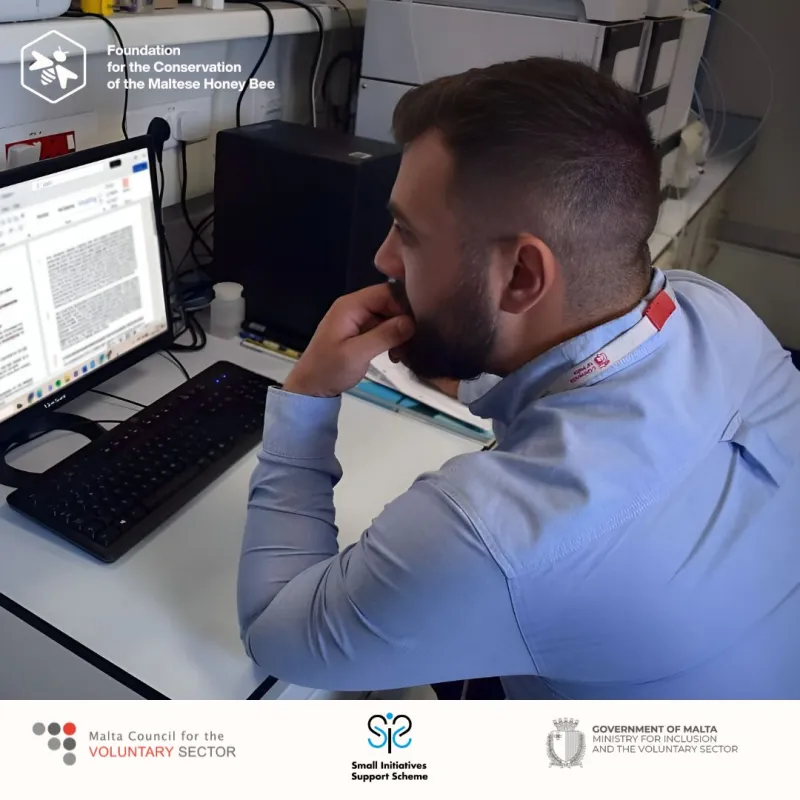



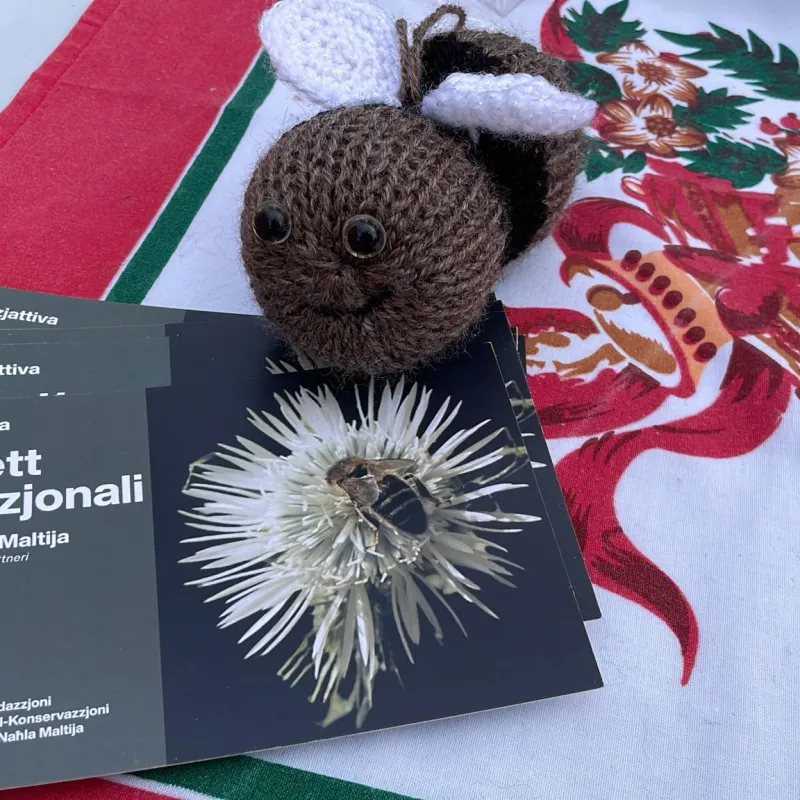
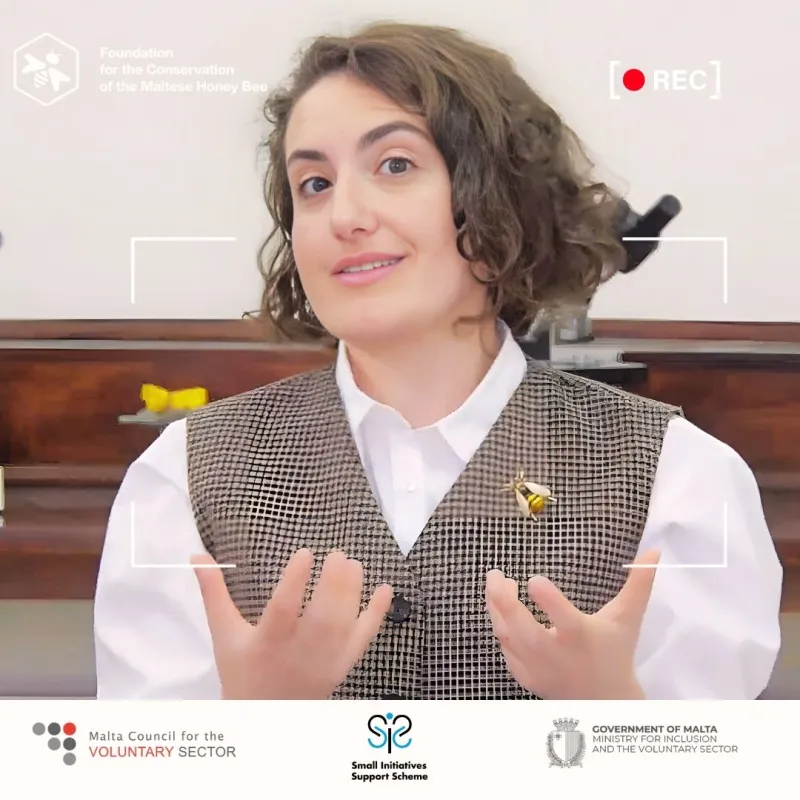
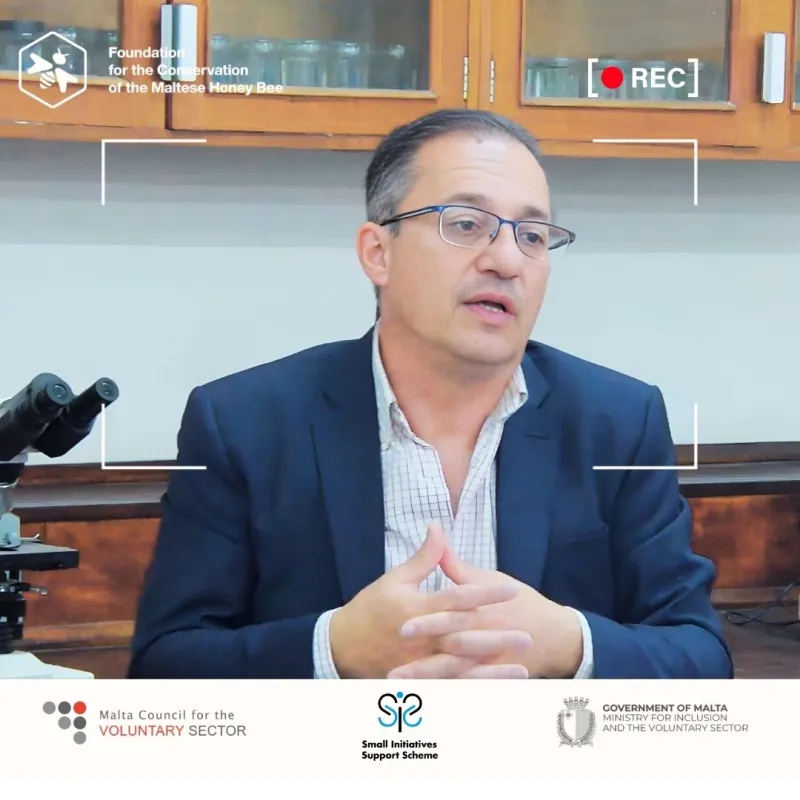
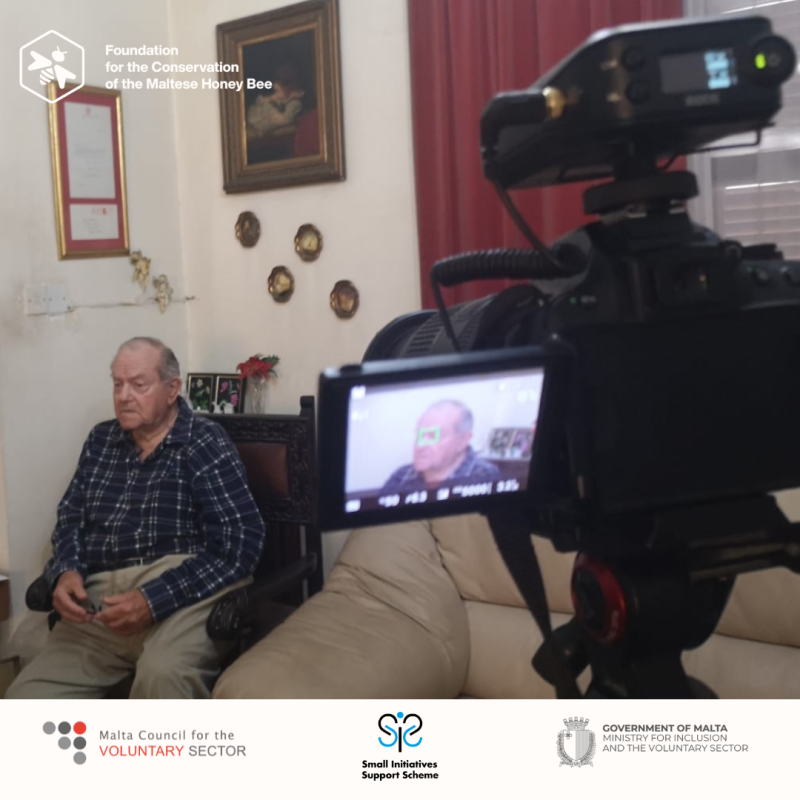
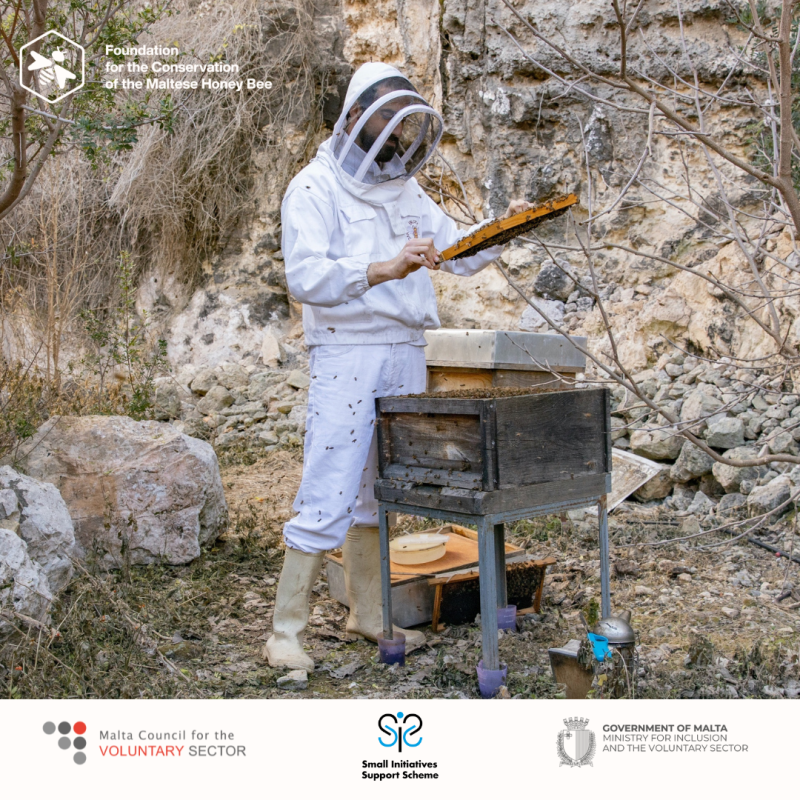
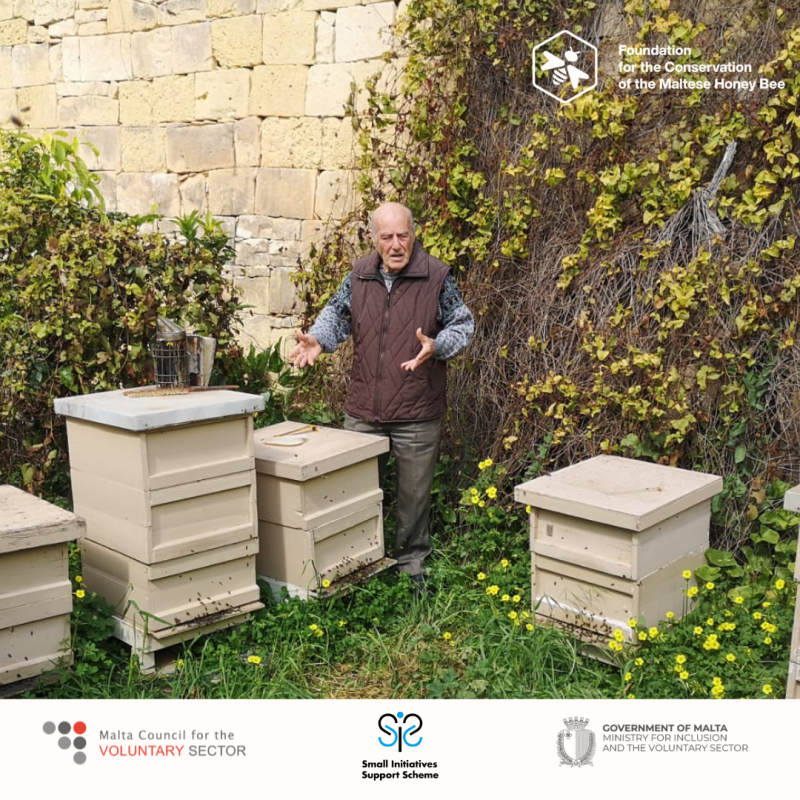
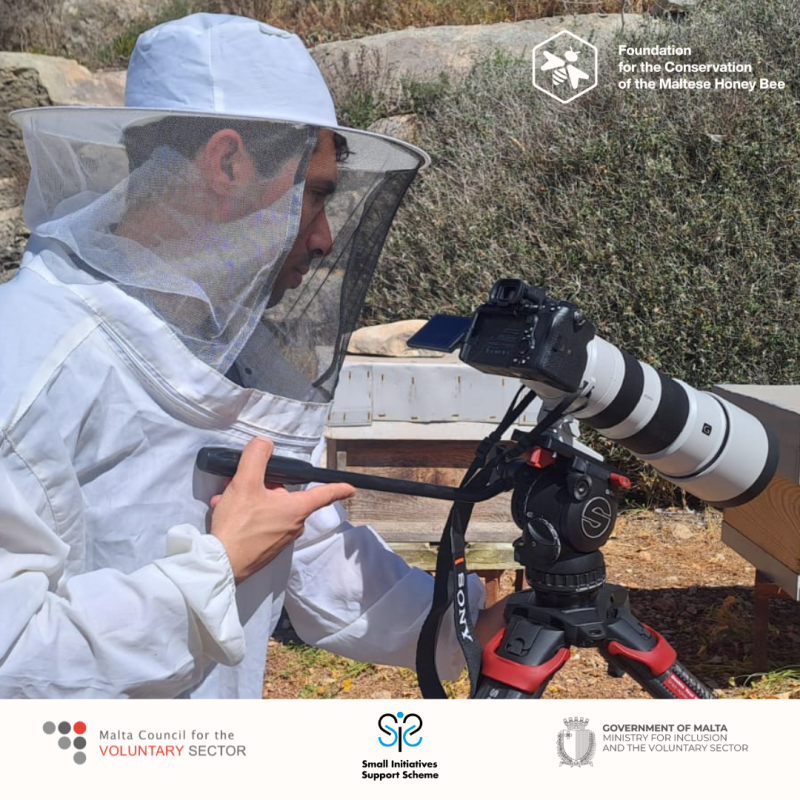

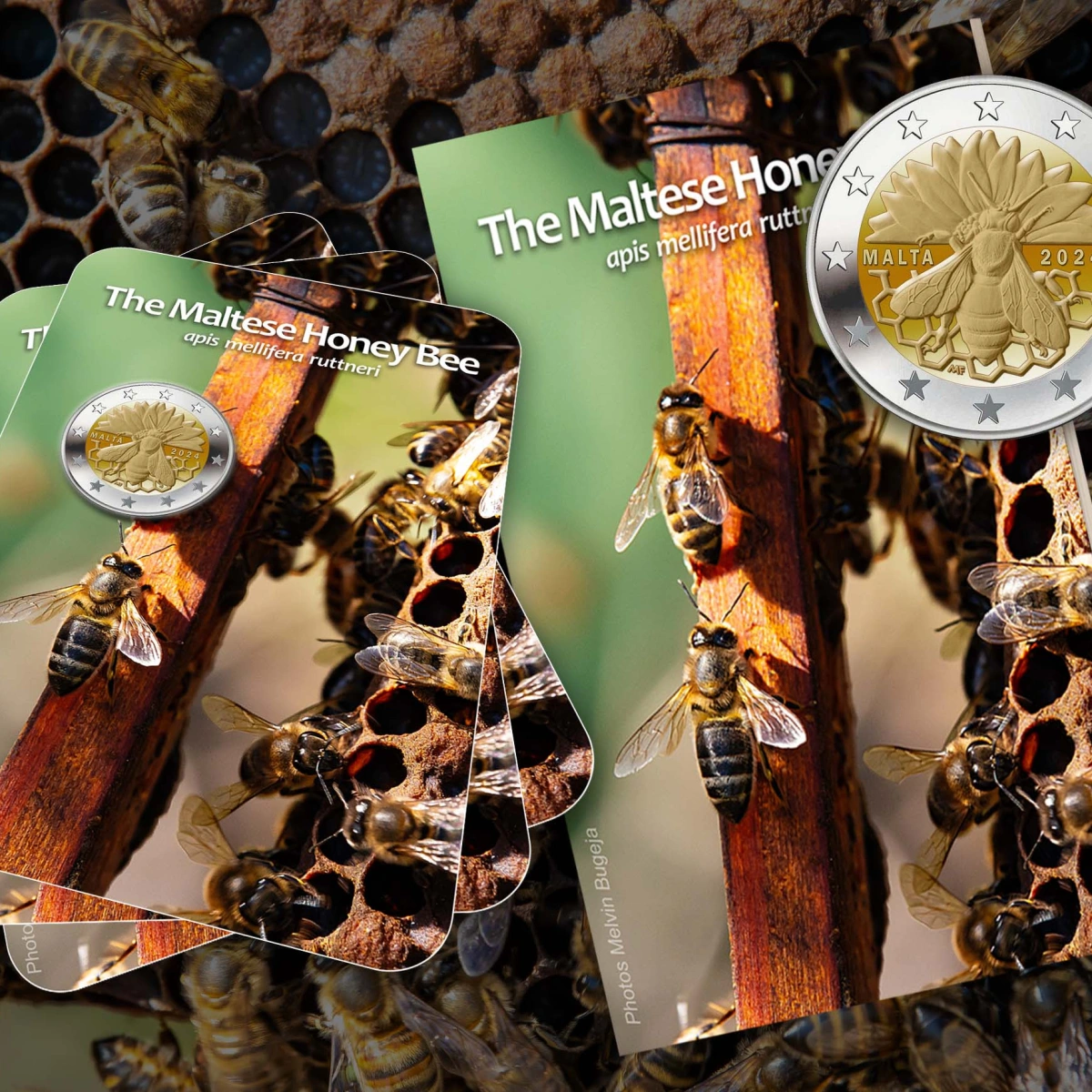
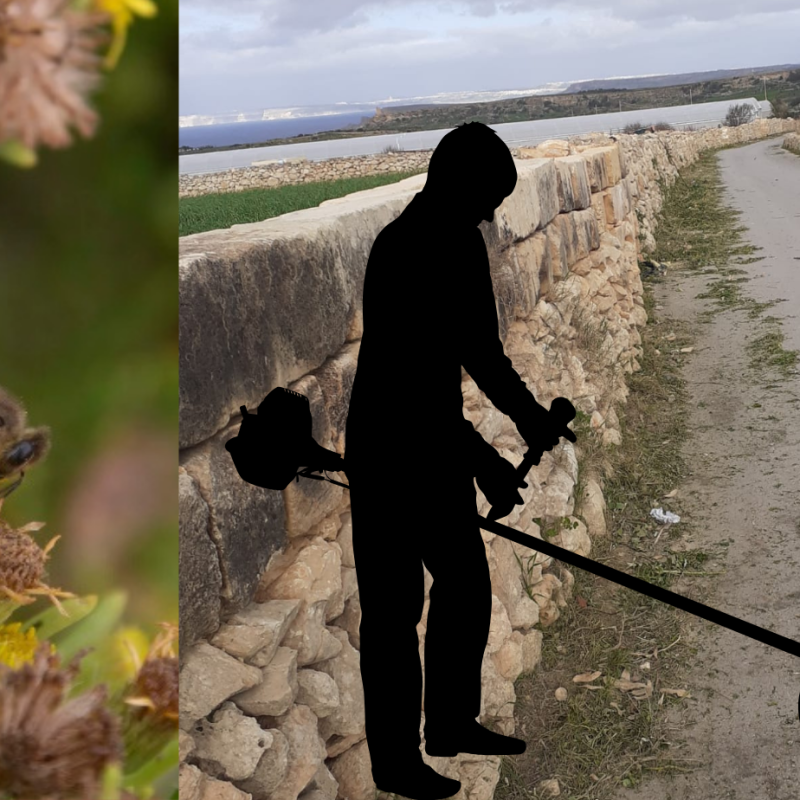
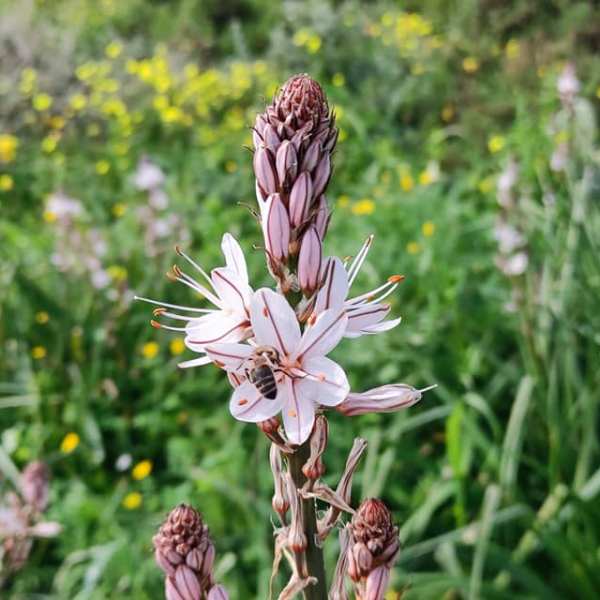

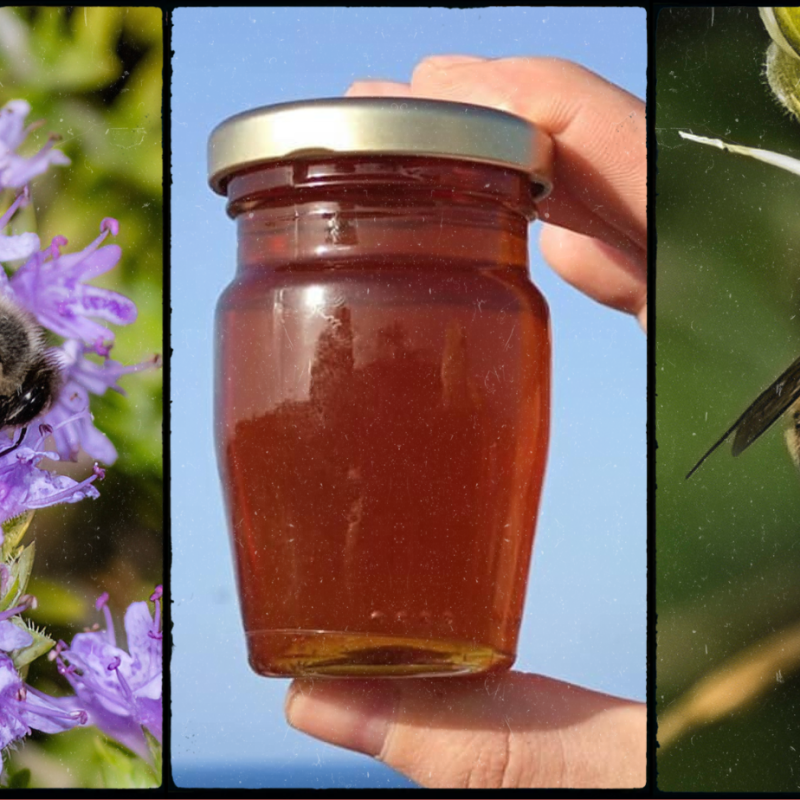
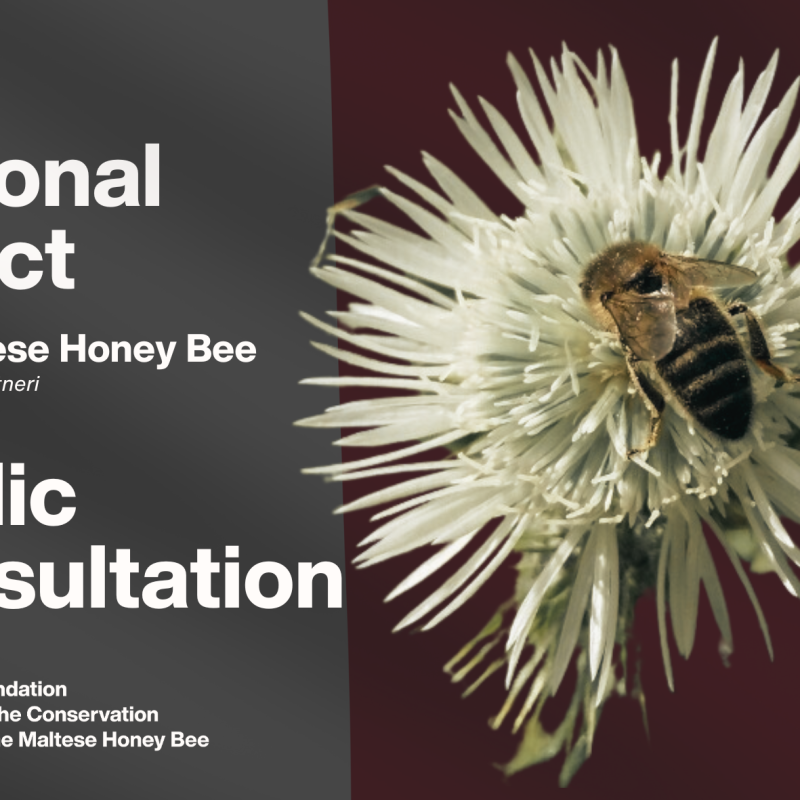
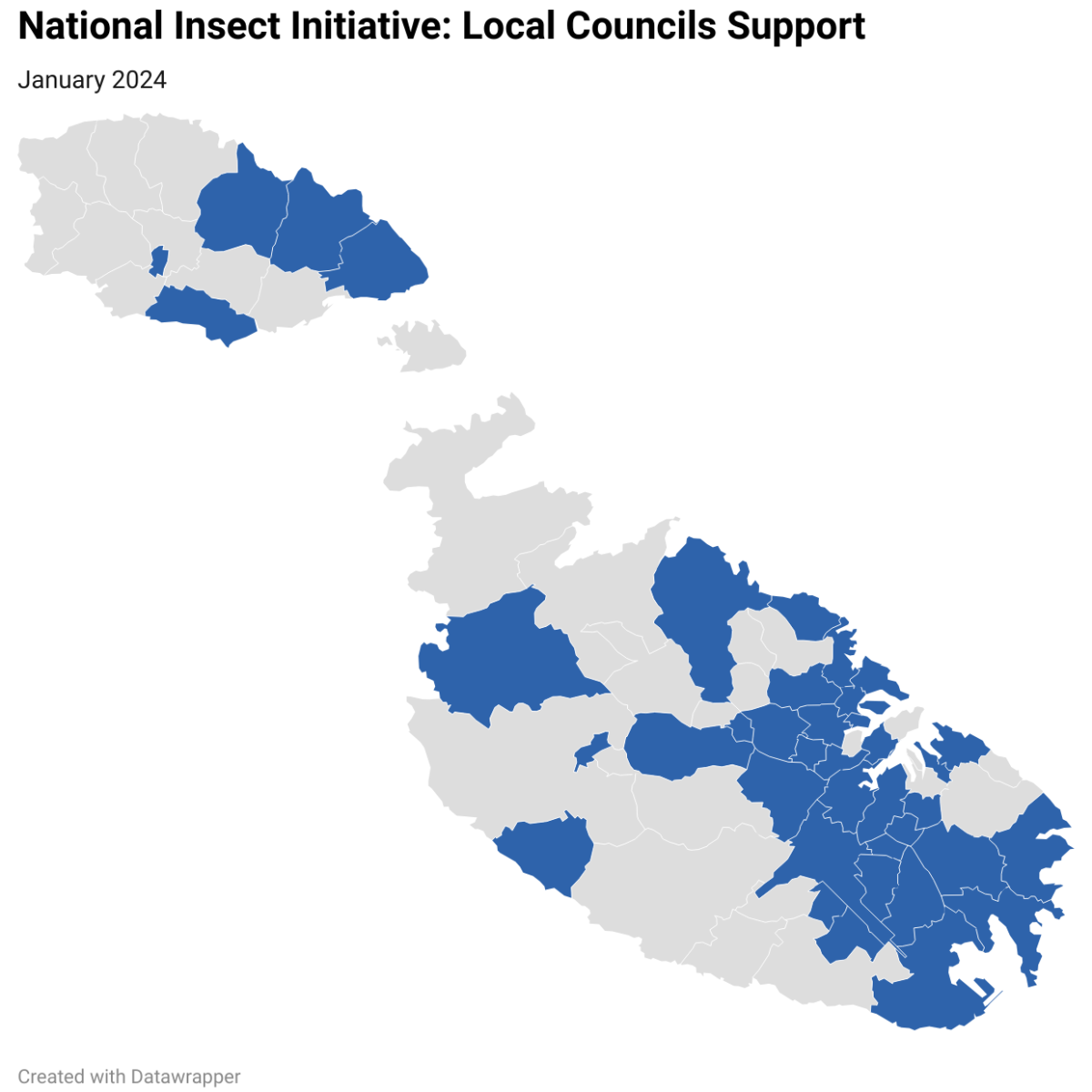
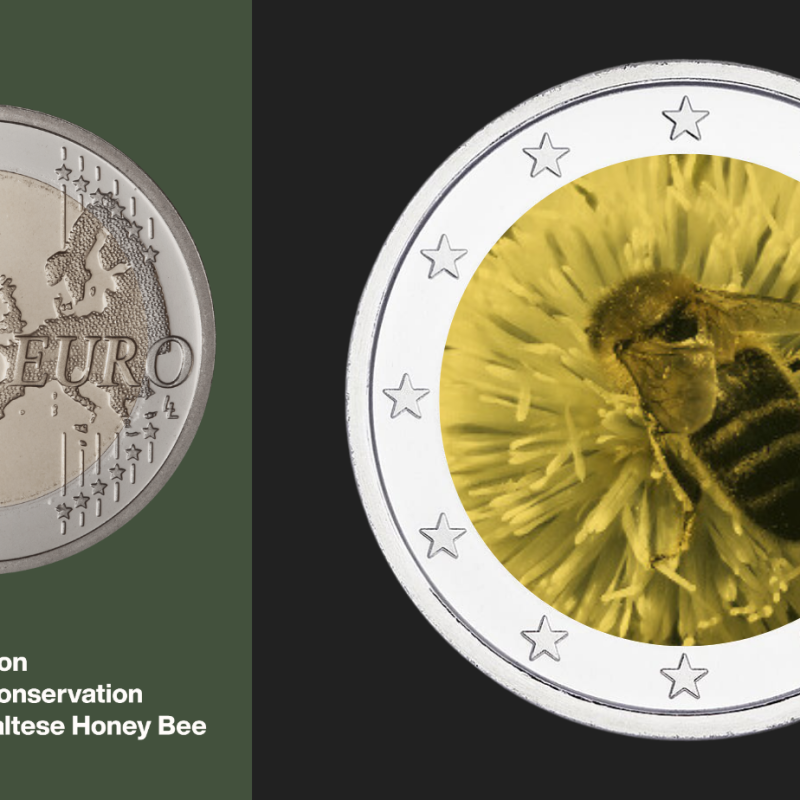
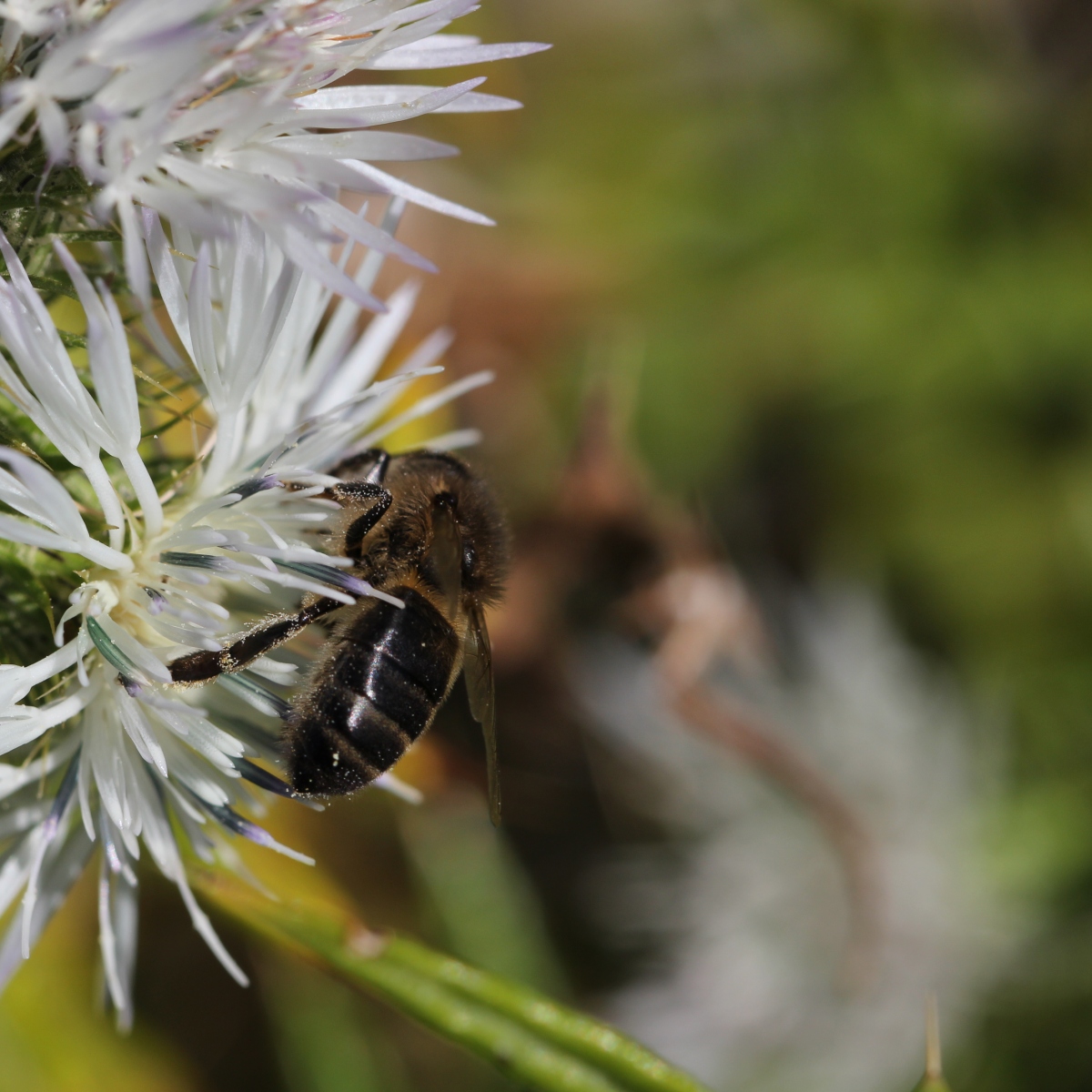
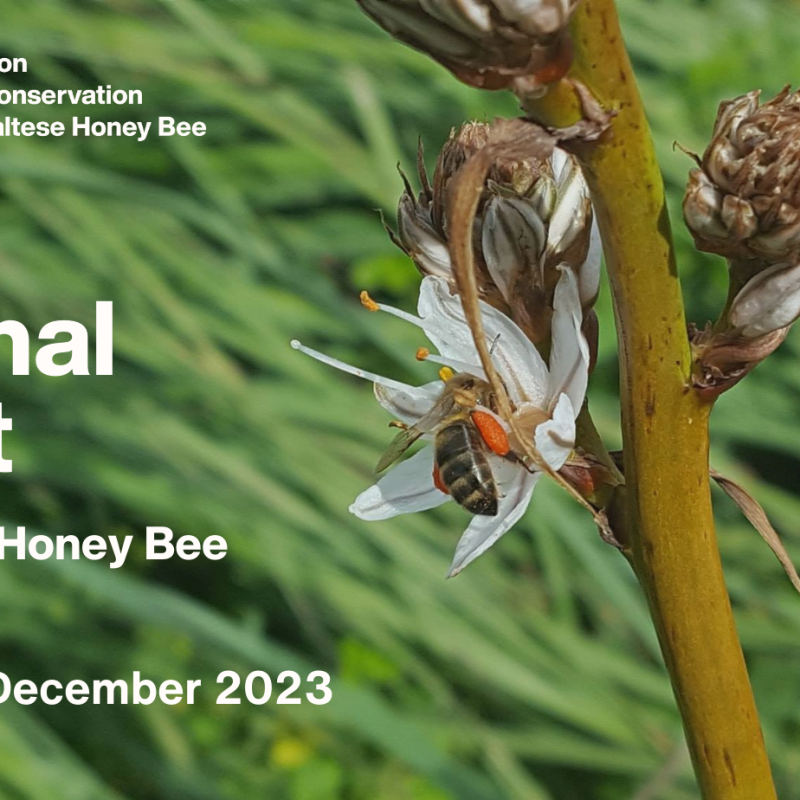
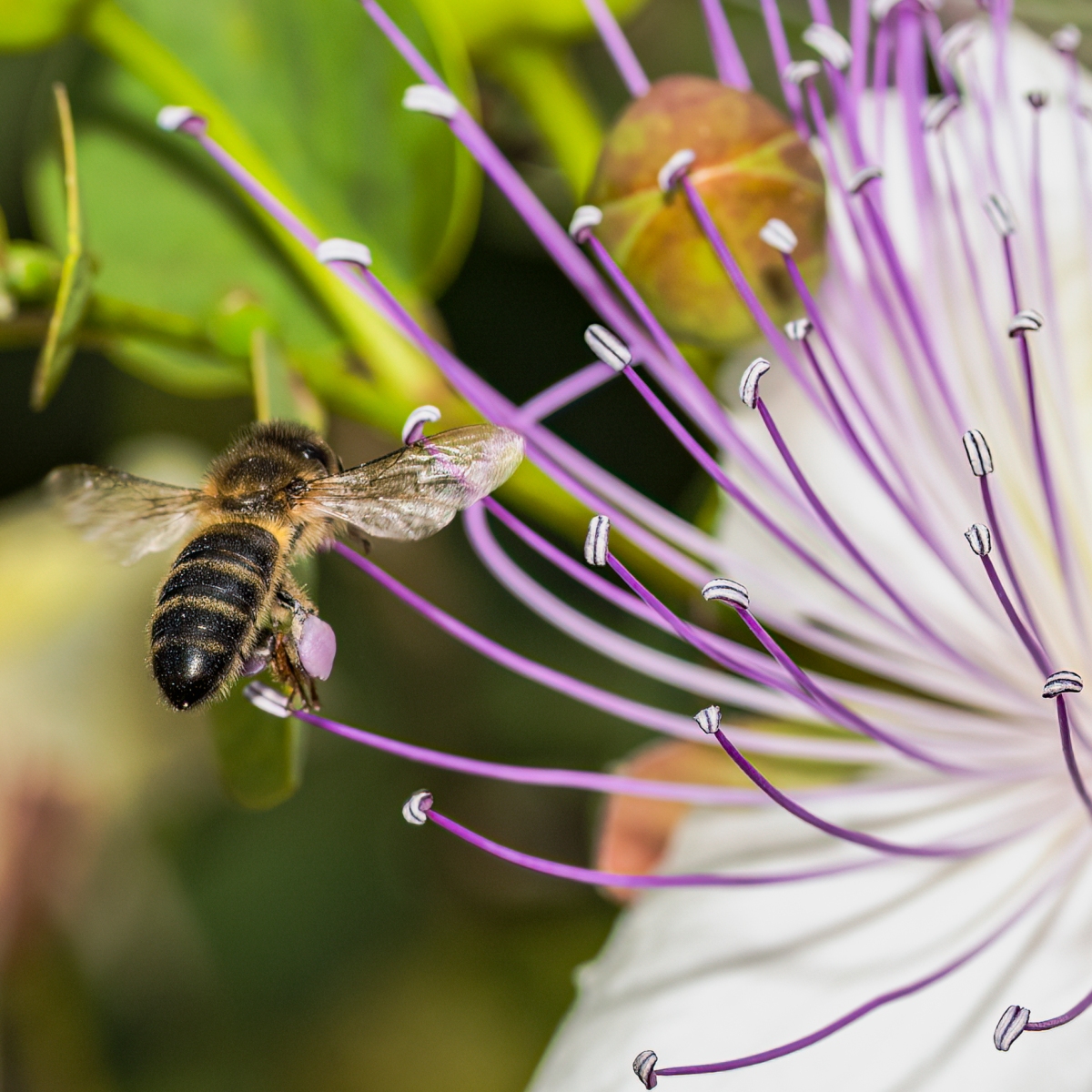
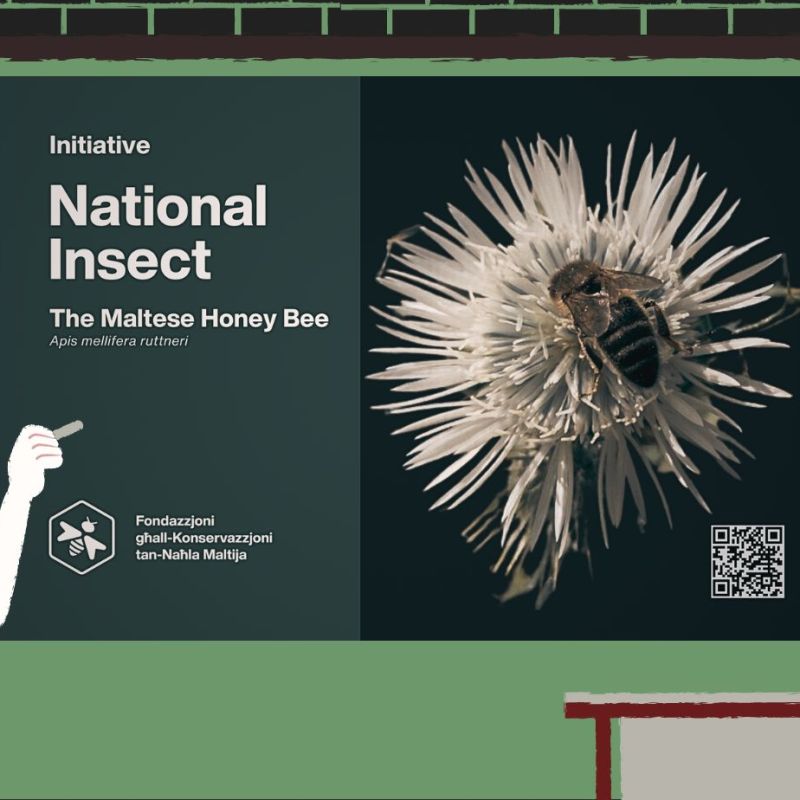
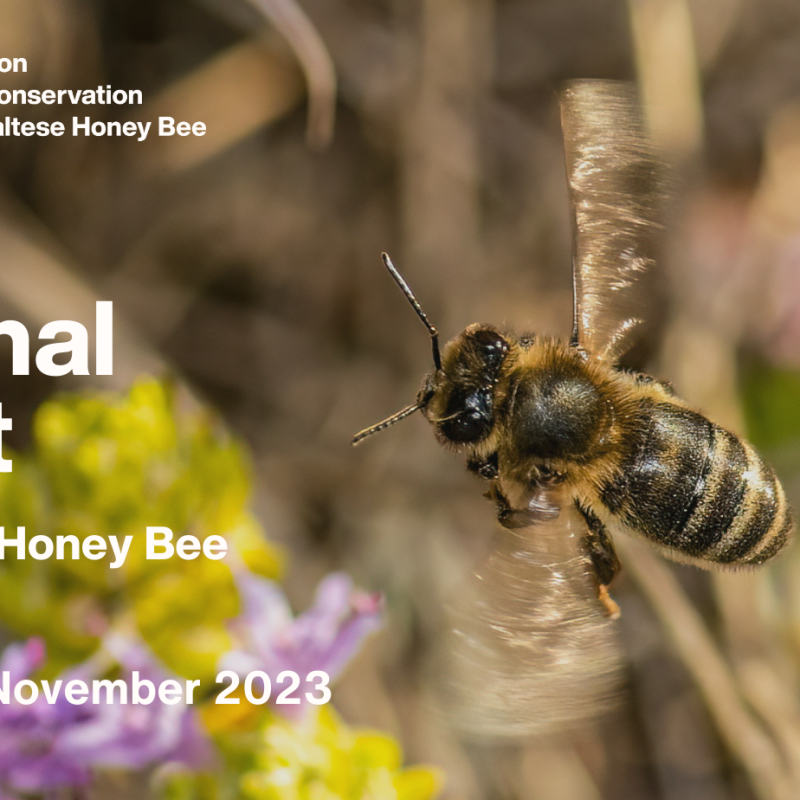
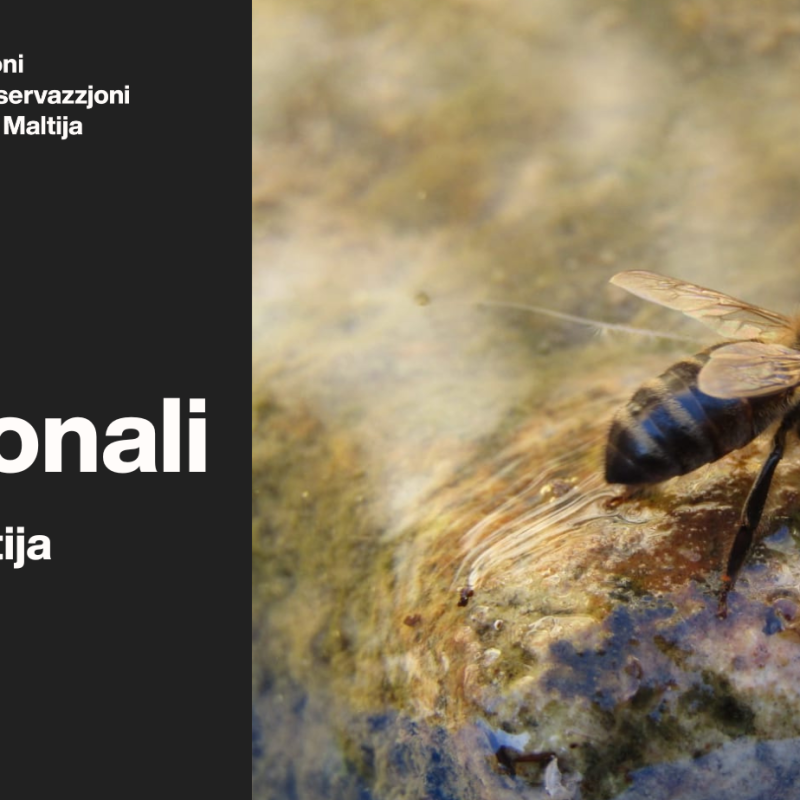

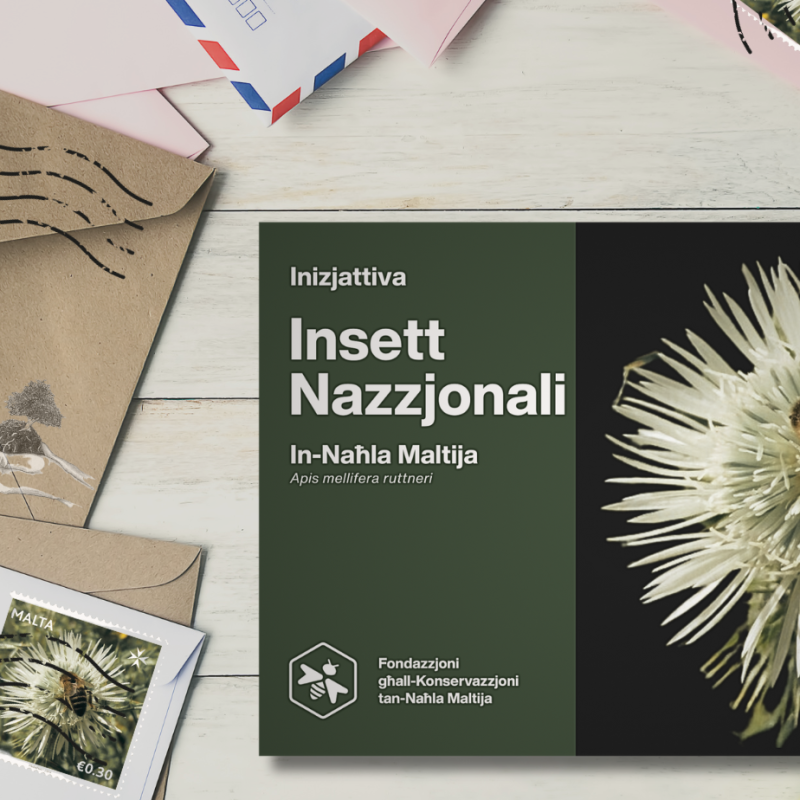
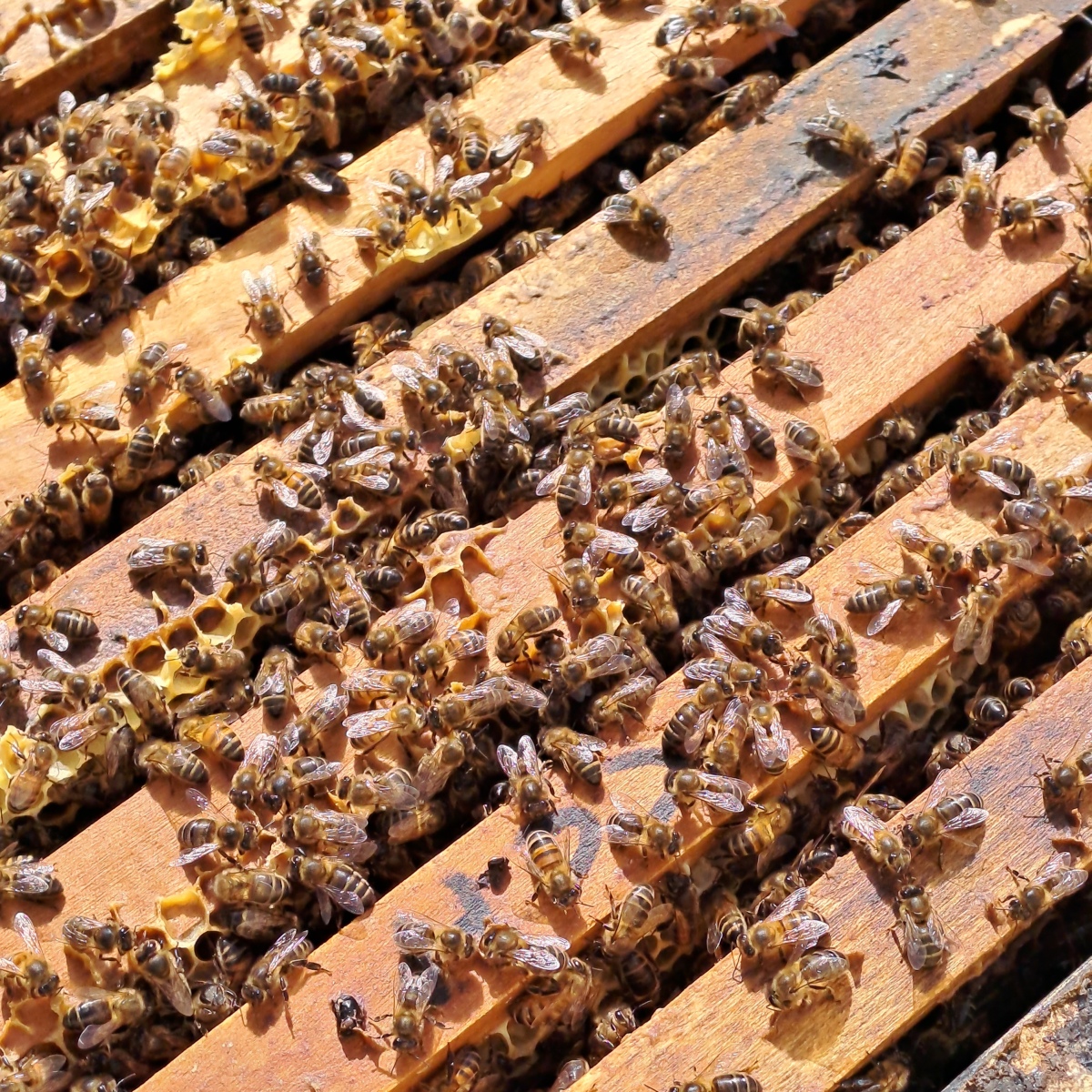
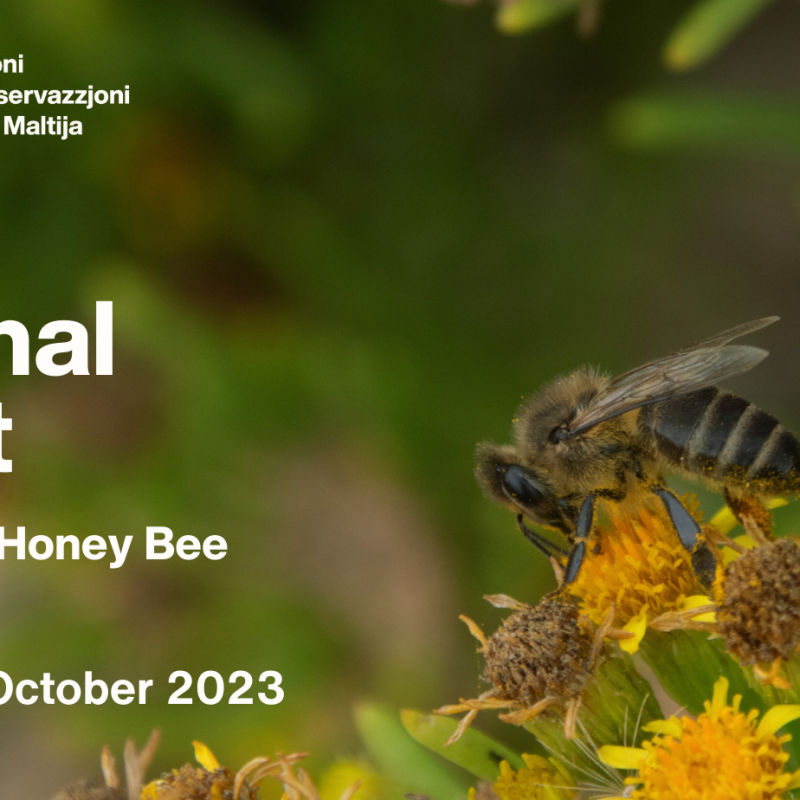
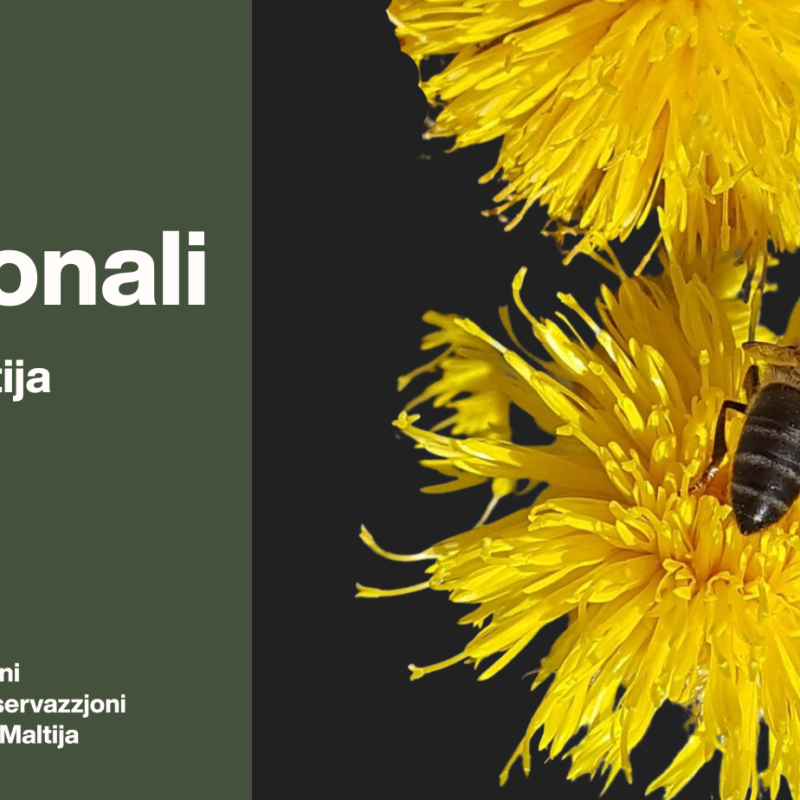
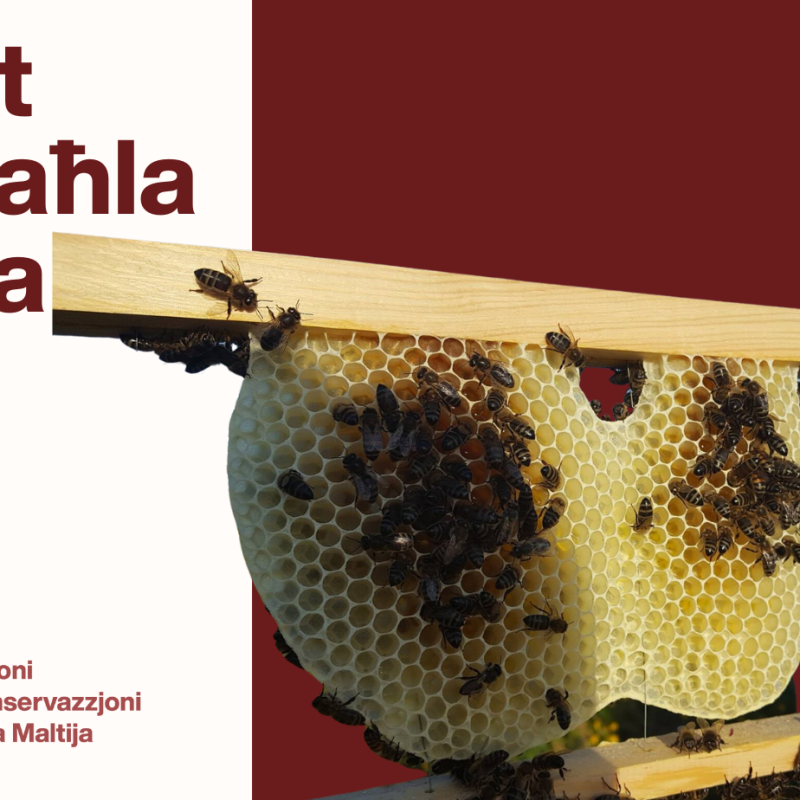
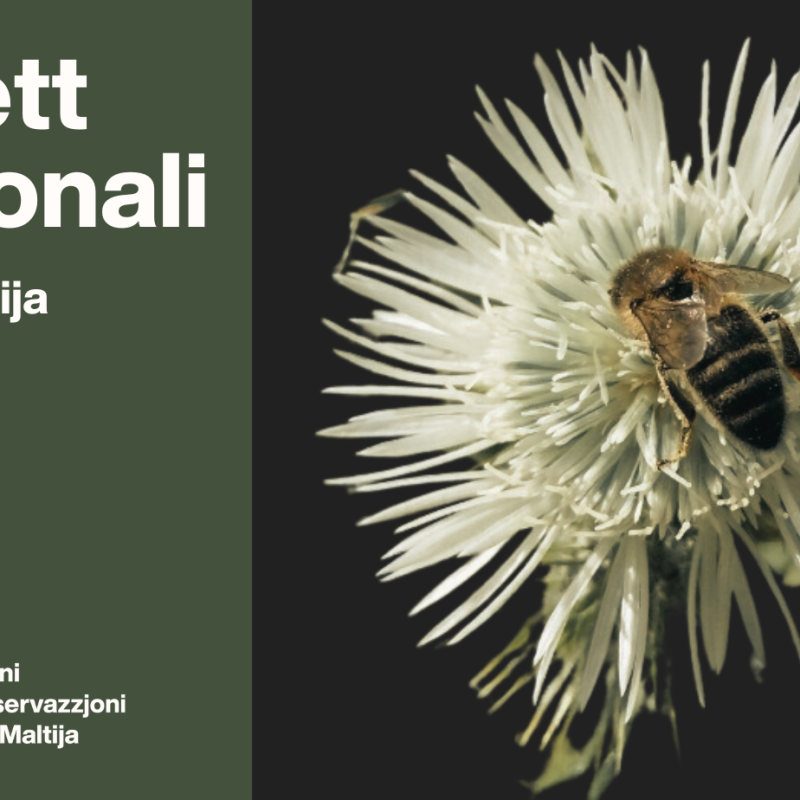
Leave a comment